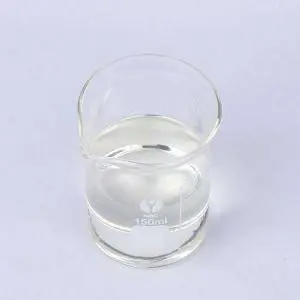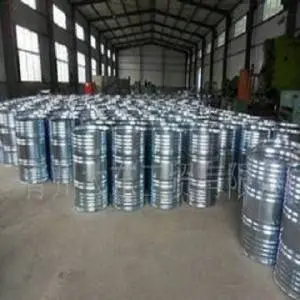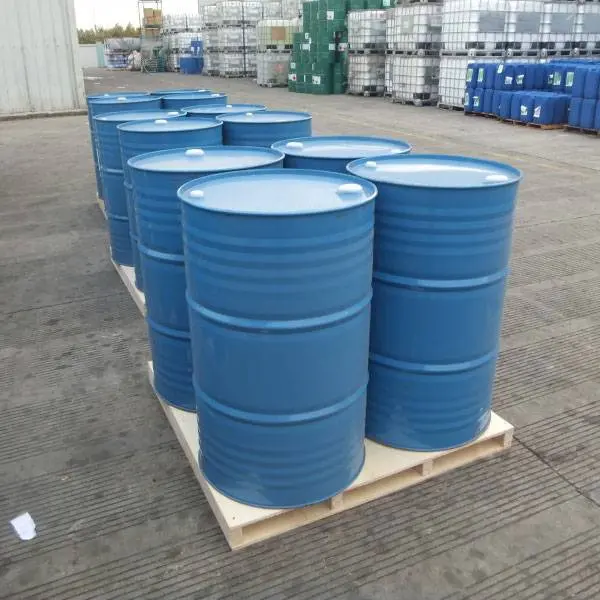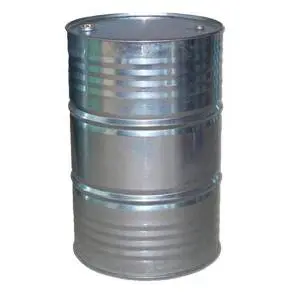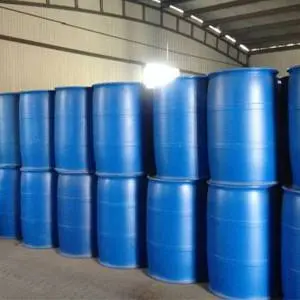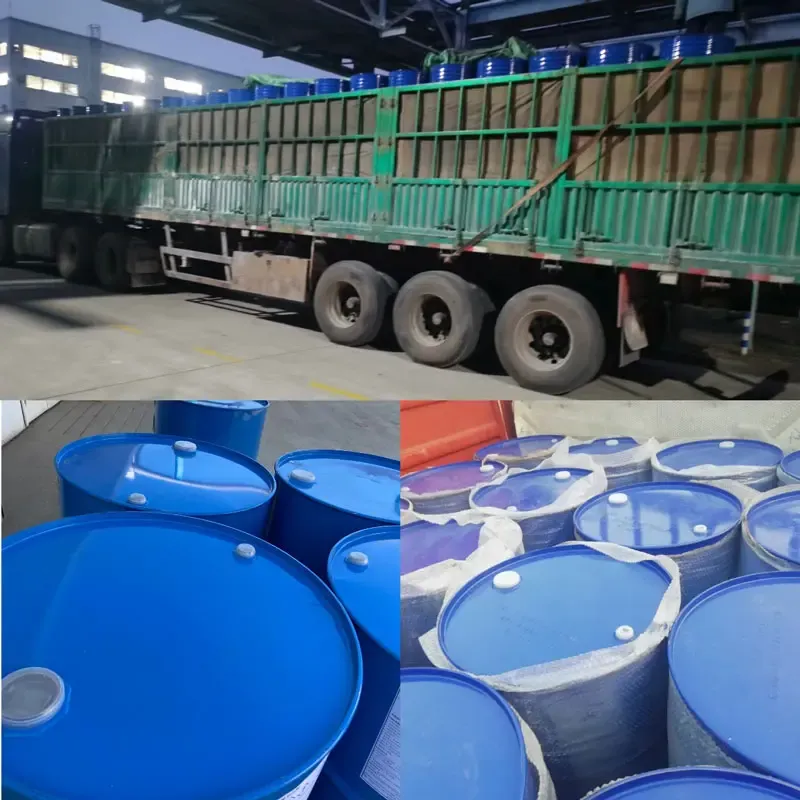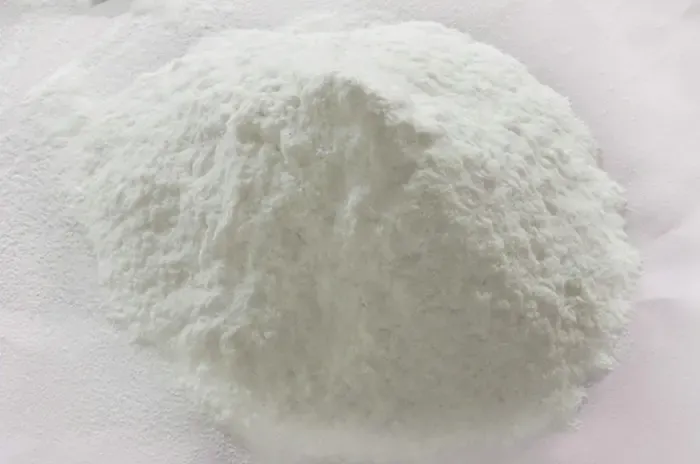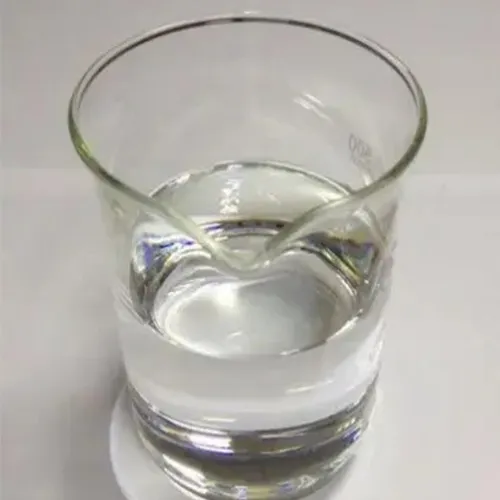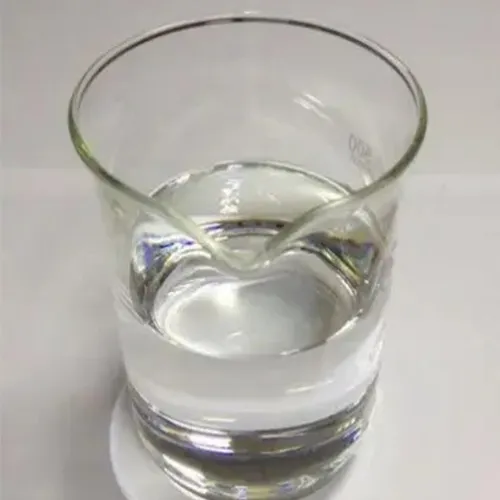N-Formyl Morpholine (NFM) | High-Purity Aromatics Solvent
A Field Note on N-Formyl Morpholine: Why Process Engineers Keep Coming Back to It
When people ask me which polar solvent has quietly powered decades of aromatics recovery and lube oil refining, I often point them to N-Formyl Morpholine(NFM). It’s not flashy, but it’s reliable. In fact, many customers say it hits that sweet spot of selectivity, thermal stability, and easy workup that keeps projects on schedule.

What it is (and why it’s trending again)
Short version: N-Formyl Morpholine(NFM), CAS 4394-85-8, formula C5H9NO2, MW 115.13. It’s used as a high-boiling, polar solvent for extractive distillation of aromatics (benzene, toluene) and for dearomatization in lube base oil production. It also shows up as a formylating agent and intermediate in fine chemicals. With tighter fuel specs and sustainability pushes, I’m seeing refineries revisit N-Formyl Morpholine(NFM) to squeeze more value from existing columns instead of switching to costly new processes.
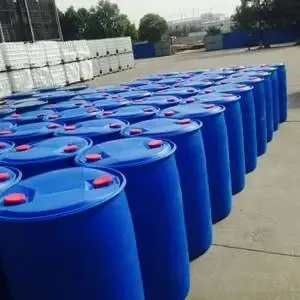
Typical Product Specs
| Appearance | Clear, colorless liquid (≈ 10–20 APHA, real-world use may vary) |
| Assay (GC) | ≥ 99.5% |
| Water (KF, ASTM E203) | ≤ 0.10% |
| Boiling range | ≈ 240–245 °C at 1 atm |
| Density (20 °C) | ≈ 1.18 g/cm³ |
| Packaging | 200 kg drums / 1,000 kg IBCs; custom on request |
Where it’s used
- Refining and petrochemical: extractive distillation for aromatics recovery; lube base oil dearomatization.
- Fine chemicals: selective formylation, intermediate for morpholine derivatives.
- Electronics and pharma intermediates: high-purity solvent in process steps (with appropriate validation).
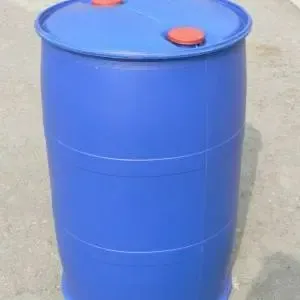
Process Flow (how quality is made, not promised)
Materials: morpholine, formic acid (controlled purity) → Methods: acid-catalyzed formylation; temperature-controlled addition; vacuum finishing → Purification: fractional distillation, final polish (activated carbon or molecular sieve as required) → QC: GC assay/impurities, Karl Fischer water (ASTM E203), color (APHA), residue on ignition, chloride/iron spot tests → Release: COA per lot.
Testing standards referenced: ASTM E203 (KF), APHA color, GC per validated in-house SOP aligned to USP principles. Shelf life: typically 24 months sealed, cool and dry. Industries served: refining, petrochem, specialty chemicals, and selected pharma intermediates under ISO 9001 QA.
Vendor comparison (indicative, based on market checks)
| Vendor | Assay | Water | Certs | Lead time | Customization |
|---|---|---|---|---|---|
| Sincere Chemicals (China) | ≥99.5% | ≤0.10% | ISO 9001; REACH-ready info | ≈ 2–3 weeks | Low-water, low-chloride, color-stable grades |
| GlobalChem EU | ≥99.0% | ≤0.20% | ISO 9001 | ≈ 4–6 weeks | Standard |
| Regional Supplier APAC | ≥98.5% | ≤0.30% | — | Variable | Limited |
Customization notes
- Ultra-dry N-Formyl Morpholine(NFM) (≤0.05% H2O) for moisture-sensitive chemistries.
- Color-stable grade for continuous extraction units (lower APHA drift).
- Metal-ion controlled grade (low chloride/iron) for catalyst-sensitive trains.

Two quick case notes
Refinery (Middle East): Switched to low-water N-Formyl Morpholine(NFM); reported ≈2–3% improved selectivity for BT extraction and measurably slower color pickup over a 90-day run. To be honest, they were skeptical—until the fouling interval extended by a week.
Specialty chemicals (EU): Adopted metal-controlled grade; GC residue dropped ≈30% batch-to-batch, making downstream crystallization more predictable.
Safety, QA, logistics
- COA + SDS available; testing per ASTM E203, APHA color; GC method validated in-house.
- ISO 9001 QMS; change-control and lot traceability on request.
- Origin: Jinling Mansions No.106-1 East Yuhua Rd., Shijiazhuang, Hebei, China.
- Service life: typically 24 months sealed; store cool, dry, away from oxidizers. Always follow local regulations.
Final thought
If you’re benchmarking solvents for aromatics recovery or tuning a lube extraction unit, it seems sensible to put N-Formyl Morpholine(NFM) back on the table. The data are steady, and the customization levers—especially water and color—are practical knobs engineers can actually use.
Authoritative citations
Post time: Oct . 16, 2025 15:25





